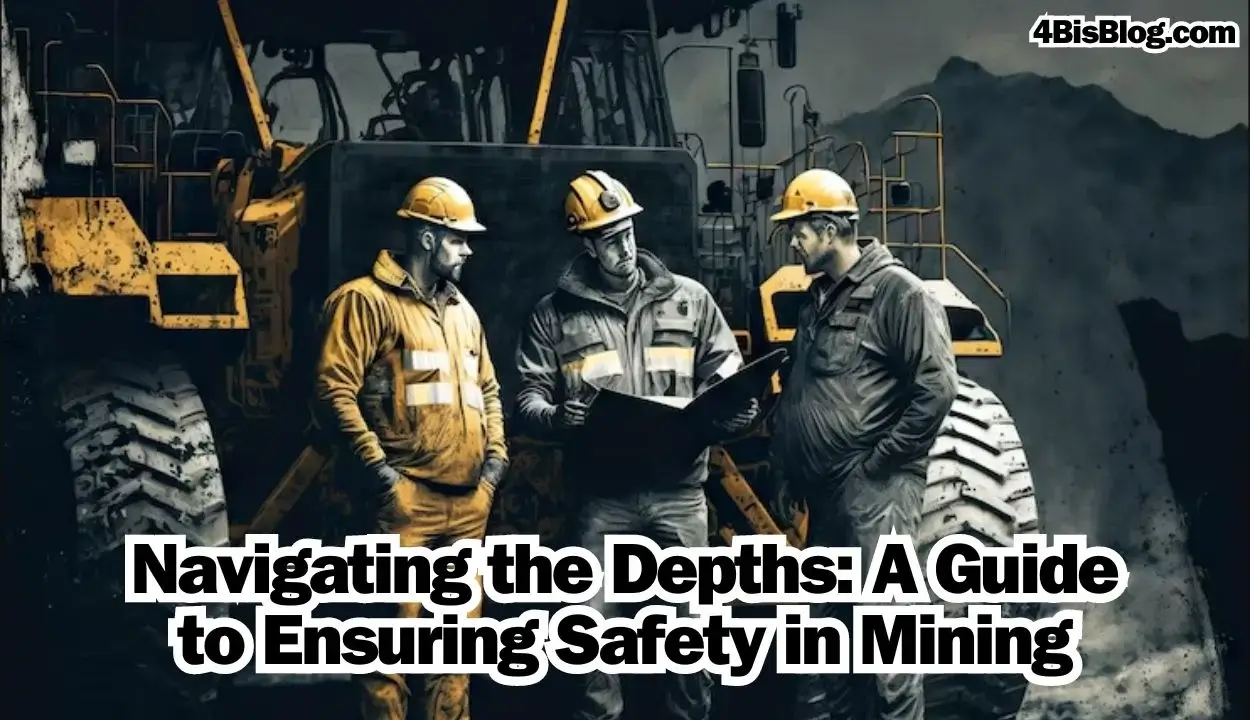Mining, often portrayed as an adventurous pursuit, is a profession deeply entrenched in risk. It involves delving into the depths of the earth to extract precious resources essential for modern living. However, amidst the allure of valuable ores and minerals lies a harsh reality: mining is one of the most hazardous industries globally.
From cave-ins to toxic gas emissions, miners face numerous dangers daily. Hence, prioritizing safety in mining operations is not just prudent but imperative for the well-being of workers and the sustainability of the industry as a whole.
Understanding the Risks
The mining industry presents a myriad of risks, both tangible and invisible. Physical hazards such as collapsing tunnels, machinery accidents, and explosions pose immediate threats to miners’ lives. Moreover, exposure to harmful substances like silica dust, asbestos, and toxic gases can lead to long-term health complications, including respiratory diseases and cancer. Understanding these risks is the first step in formulating effective safety measures.
Legislative Frameworks and Regulatory Compliance
Governments worldwide have established stringent regulations to govern mining operations and safeguard the interests of workers. These regulations encompass various aspects of safety, including equipment standards, ventilation requirements, emergency response protocols, and worker training.
Compliance with these regulations is non-negotiable for mining companies, as violations can result in severe penalties, legal repercussions, and, most importantly, endanger lives.
Technological Advancements in Mining Safety
Advancements in technology have revolutionized safety in the mining industry. From sophisticated monitoring systems to autonomous machinery, miners now have access to a plethora of tools designed to mitigate risks and enhance safety.
For instance, proximity detection systems can alert miners to the presence of machinery or vehicles in their vicinity, reducing the likelihood of accidents. Similarly, drones equipped with high-resolution cameras can conduct aerial surveys of mine sites, identifying potential hazards and assessing terrain stability.
Training and Education
Ensuring safety in mining operations hinges significantly on robust training and educational initiatives. Well-trained miners possess the skills to recognize hazards, swiftly react to emergencies, and strictly follow safety guidelines.
Training modules should cover various subjects such as hazard identification, emergency evacuation protocols, basic first aid, and the correct utilization of mining equipment and personal protective gear. Furthermore, continuous educational endeavors are indispensable for keeping miners updated on the latest safety protocols and advancements in mining technology.
Cultivating a Culture of Safety
Safety is not just a set of rules and regulations; it’s a mindset ingrained in the organizational culture. Mining companies must foster a culture of safety where every employee feels empowered to prioritize their well-being and that of their colleagues.
This involves promoting open communication channels, encouraging reporting of hazards or near-misses, and rewarding proactive safety behavior. When safety becomes an integral part of the company’s ethos, everyone benefits – from frontline workers to top-level management.
Community Engagement and Environmental Responsibility
Mining operations often intersect with local communities and delicate ecosystems. Therefore, ensuring safety extends beyond the mine gates to encompass surrounding communities and the environment.
Mining companies must engage with local stakeholders, address community concerns, and implement measures to minimize environmental impact. Additionally, promoting sustainable mining practices not only enhances safety but also secures the industry’s social license to operate.
Continuous Improvement and Adaptation
The quest for safety in mining is a continuous journey marked by constant improvement and adaptation. As new technologies emerge and industry best practices evolve, mining companies must remain agile and proactive in implementing relevant safety measures.
This requires ongoing risk assessments, regular safety audits, and a willingness to embrace innovation. By staying ahead of the curve, mining companies can mitigate risks, protect their workforce, and ensure the long-term viability of their operations.
Conclusion
Navigating the depths of the mining industry requires a steadfast commitment to safety at every level. From regulatory compliance to technological innovation and fostering a culture of safety, ensuring the well-being of miners is paramount. By prioritizing safety, mining companies not only protect their most valuable asset – their workforce – but also uphold their social and environmental responsibilities.
Ultimately, safety in mining is not just a legal obligation; it’s a moral imperative that shapes the future of the industry. As we delve deeper into the earth in search of its treasures, let us remember that the safety of those who undertake this endeavor should always come first.

